
|
|
|
|||||||||
|
|
Thread Tools | Search this Thread |
|
|
#1 |
|
Major Player
Join Date: Aug 2004
Location: Kangasala, Finland
Posts: 445
|
Epic in wildlife shooting
There has been quite a lot of time since read for the first time about Epic in Reduser. Not even sure whether the camera has much to do with the one Red Digital Cinema originally had in mind, but nevertheless, this miracle arrived after a week of shipment from California to the north corner of Europe.
There's also quite a lot of Epic images available in the web, so will bypass such things at this point. Instead few thoughts about the camera in wildlife shooting. The first impression is, all the accessories have become more professional. Although haven't paid that much attention how the accessories of Red One were made in 2008, the first impression now is, everything is of higher quality. Say, the cables create an impression they will not suffer that much of the winter. Or, the LCD has a metal frame which is quite a good thing out there and so on. Red employes often term 'Pro', such as Red Pro LCD, and for a good reason: They appereance is something you would not expect to see on consumer or prosumer level equipments. I bought the Red Pro universal quick release system, and although there are nice videos of this, this system to attach the camera to a fluid head is beyond my expectations. When shooting in a hide changing the camera from one fluid to another will go in almost a blink of an eye. The camera, or more precisely, the camera brain is rather small and light. This is something that is difficult to grasp from images. One has to see and hold the thing in one's hands to digest the size. In fact, when got the shipment felt bit suspicious whether everything really fits into the box. It was pretty small and especially light and quite different to the tower of three boxes received the last time. To give an idea of the size, the volume of Epic is less that the volume of two Red One battery bricks. Speaking of batteries, Epic has its own ones. The Red bricks (for Red One) are 153Wh and the RedVolts for Epic are 37Wh. That is, the charge of the bricks is four folded that of the RedVolts. If have to predict, my guess is, I'll go on and use the Red bricks and have the RedVolts only in the side handle, which makes it possible to change the Red brick without a power interruption. And that's highly wellcome in wildlife shooting. The days when a critical shot gets ruined because the battery runs out of power should be over. The last note at this point, the power up time of Epic is only somewhere around 10s. That's also highly useful detail for wildlife shooters. Sometimes waiting a minute to get the camera to boot up feels like a much longer time. |
|
|
|
|
|
#2 |
|
New Boot
Join Date: Apr 2006
Location: madrid,SPAIN
Posts: 24
|
Re: Epic in wildlife shooting
Thank you Lauri for the info. Since Im planning to get an Epic too, all experience from a wildlife filmmaker like you is really welcome. I will keep an eye on your future thoughts about this amazing camera.Cheers and enjoy!
Alberto Saiz NaturaHD | Wildlife Films & Photography |
|
|
|
|
|
#3 |
|
Regular Crew
Join Date: Jun 2008
Location: Stockholm, Sweden
Posts: 157
|
Re: Epic in wildlife shooting
Lauri, I suppose you use the SSD media. How many do you have and what size in GB are they?
On my EX1 I have several times drained my battery unvolontary just by not shutting the camera down. Is there a function on the Epic to avoid such a potential disaster? |
|
|
|
|
|
#4 |
|
Wrangler
Join Date: Jan 2005
Location: Boulder, CO
Posts: 3,015
|
Re: Epic in wildlife shooting
Hi Lauri - glad to see you doing for the EPIC what you did for the RED ONE, with this thread.
Do you have a Canon mount yet, and how are you rigging? I find that modularity is incredibly flexible and also somewhat confusing. It has taken me several weeks to perfect my rigging for documentary shooting. Rigging for feature film was pretty straightforward - build it up with all of the mounting points possible. But the trick with rigging an EPIC for the wild has been much more challenging, to keep the weight off without sacrificing all the accessories that I may want/need - and to have enough mounting points to adapt quickly to changing circumstances. What is your set-up? |
|
|
|
|
|
#5 |
|
Major Player
Join Date: Aug 2004
Location: Kangasala, Finland
Posts: 445
|
Re: Epic in wildlife shooting
Sverker, I have 256GB RedMag SSD disks and it seems at least four of them is required. If I set the HDRx mode on and choose 5:1 or lower compression rate a 256GB disk is pretty small.
Low compression are useful to capture landscapes in details. The HDRx mode is not needed all the time as the sensor itself has already a lof of dynamics. My gut feeling after shooting in parallel with the Epic and Canon 7D is that there is a big difference between the dynamics of these cameras. With the 7D had to balance all the time between the highs and lows whereas Epic showed there was much space between blacks and the lows although the highs were not even close to clipping. Will post some examples in the near future. Meryem, haven't yet got the Canon mount but expect it will arrive soon as I ordered it only two hours after it was available in Red Store. I have the new Red quick release system with the 19mm tubes for the long lenses. Still need to figure out the handles and how to attach the LCD to the camera. Once get the Canon mount will post some pics. |
|
|
|
|
|
#6 |
|
Major Player
Join Date: Aug 2004
Location: Kangasala, Finland
Posts: 445
|
Capturing subtle tones of gray
One challenge for modern cameras is to capture subtle tones of gray. The images taken on gray days become easily bit like a dirty grayish ceramic tiles. That is, the images appear dull although the visual perception need not to be dull at all at the first place. It's just that cameras do not manage to capture the subtle tones of gray. So, one of the first things I wanted to test with Epic how it manages in this respect.
Here are couple examples. At first, I've deliberately color graded an Epic shot to demonstrate how images taken on a gray day typically appear. Although the sky is not clipped, there is neither really much tones on it: 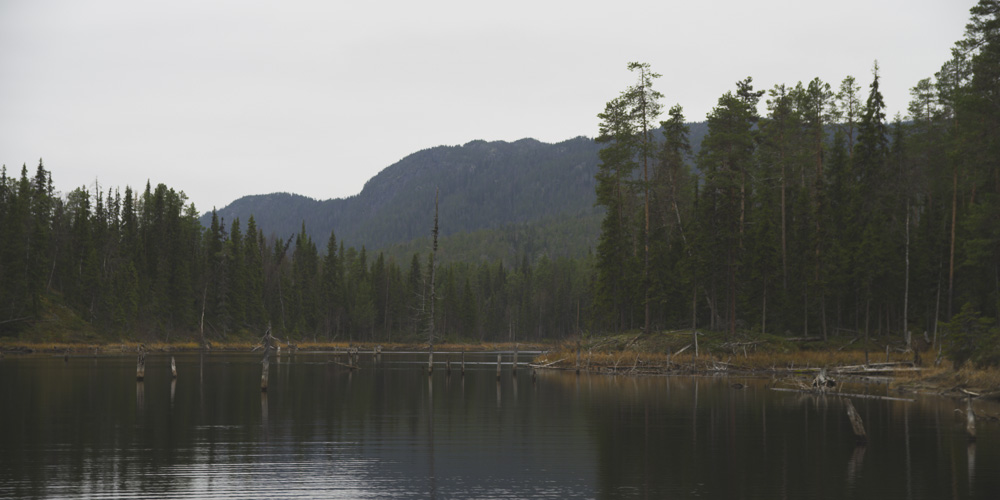 However, the advantage of a lot of dynamics and the raw images is, one can "exposure to the right" to maximize the number of tones captured, and then while color grading the image come back downwards. Here's an example of that, I've set the gamma setting to linear and carefully adjusted the gamma curve to reveal the tones of the sky: 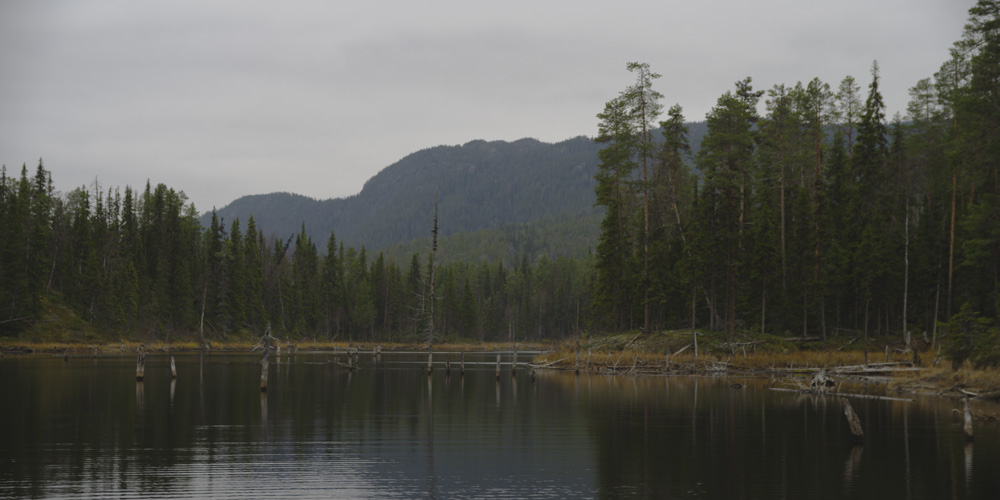 In my opinion this reflects much better what I actually saw by a naked eye. Not that big difference, but still in my eyes the tones in sky create a more natural and pleasant image. Another example of preserving the tones of sky is this one: 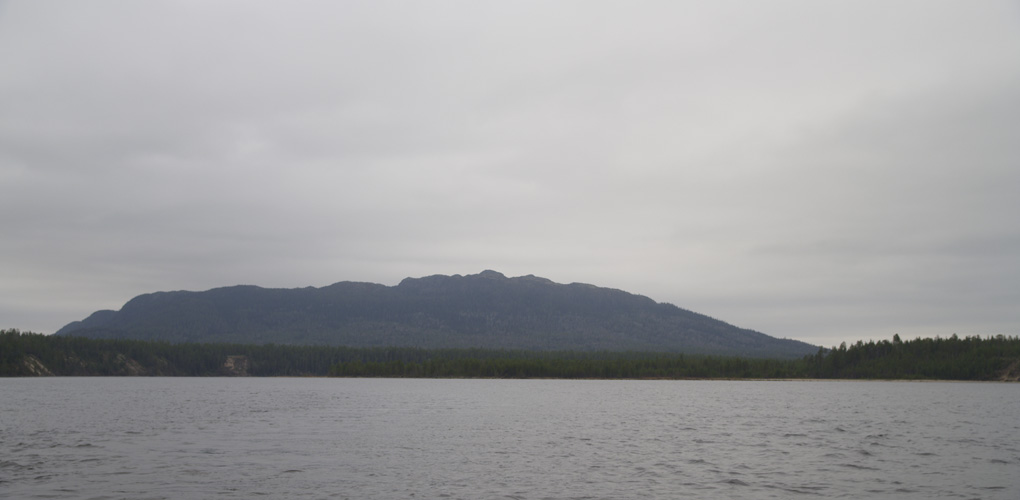 And if desired, one can lift the sky to make it brighter while taking the dark parts of the image bit downwards: 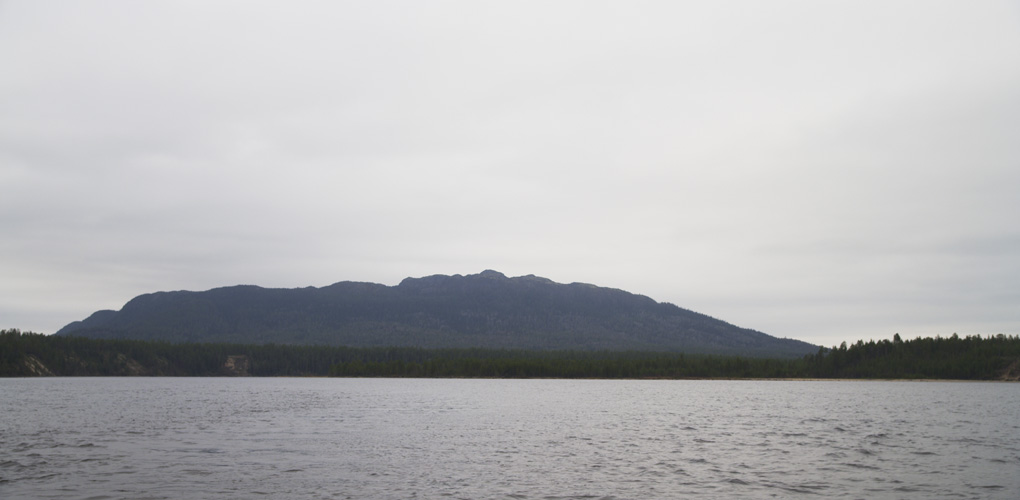 For me it is a matter of taste which one is found better. However, if the sky is made too bright, it will loose the details. This is due to the nonlinearity of the gamma curve. One can test that easily by copying the jpg-image into Photoshop and then adjust the sky brigther. This is also an example of where and why cameras lacking dynamics and/or creating rgb-images have difficulties to preserve the subtle tones of grays. To sum up, these are images taken without the HDRx mode of Epic and the result is what I hoped for and expected. Ok, that's all for now. If you have something in mind, please share your thoughts. That's how we all can learn more to create better images. |
|
|
|
|
|
#7 |
|
Major Player
Join Date: Aug 2004
Location: Kangasala, Finland
Posts: 445
|
Re: Epic in wildlife shooting
Merry Christmas!
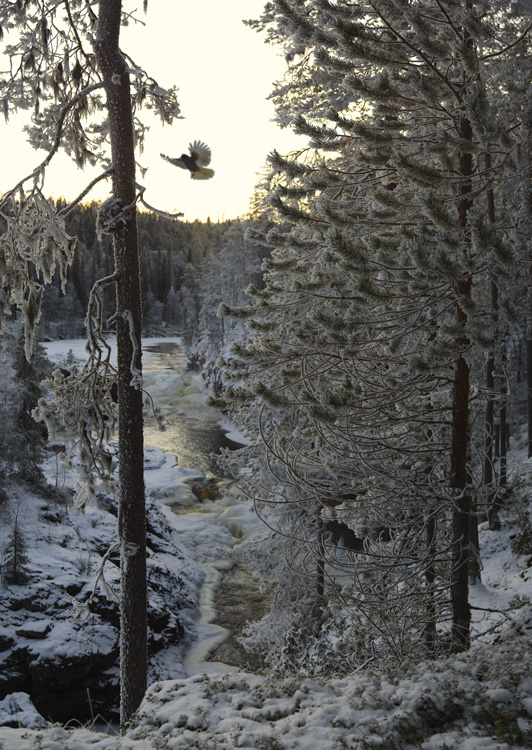
|
|
|
|
|
|
#8 |
|
Trustee
Join Date: Feb 2005
Location: Worldwide
Posts: 1,589
|
Re: Epic in wildlife shooting
MERRY CHRISTMAS Lauri! :)
|
|
|
|
|
|
#9 |
|
Major Player
Join Date: Aug 2004
Location: Kangasala, Finland
Posts: 445
|
Epic and SloMo
Tony, thanks!
Here are two footages that I put quickly together to demonstrate the higher framerates of Epic. These are picked from test shots. The first one is a 5K/96fps shot and you can view it in HD. This was shot with the Canon 500mm/f4.0 L USM IS lens aperture wide open. Shutter speed was 1/386s and 1/800s. This second is shot in the 2K/300fps mode with Canon 70-200mm/f2.8 L USM IS II lens, f=2.8. Some of the clips in the footage are bit out of focus, but hope you don't mind. The purpose is just to demonstrate the 300fps mode. In both cases while color grading the images ISO was set to 800, 1600 and 3200. Wish there was 5K/300fps mode, but guess, it's just a matter of time. |
|
|
|
|
|
#10 |
|
Major Player
Join Date: Aug 2004
Location: Kangasala, Finland
Posts: 445
|
5K images & drawing of Canon 16-35mm/f2.8 L II USM lens
After the last post some people have asked for a 5K file. Here's what the 5K image I picked looks like
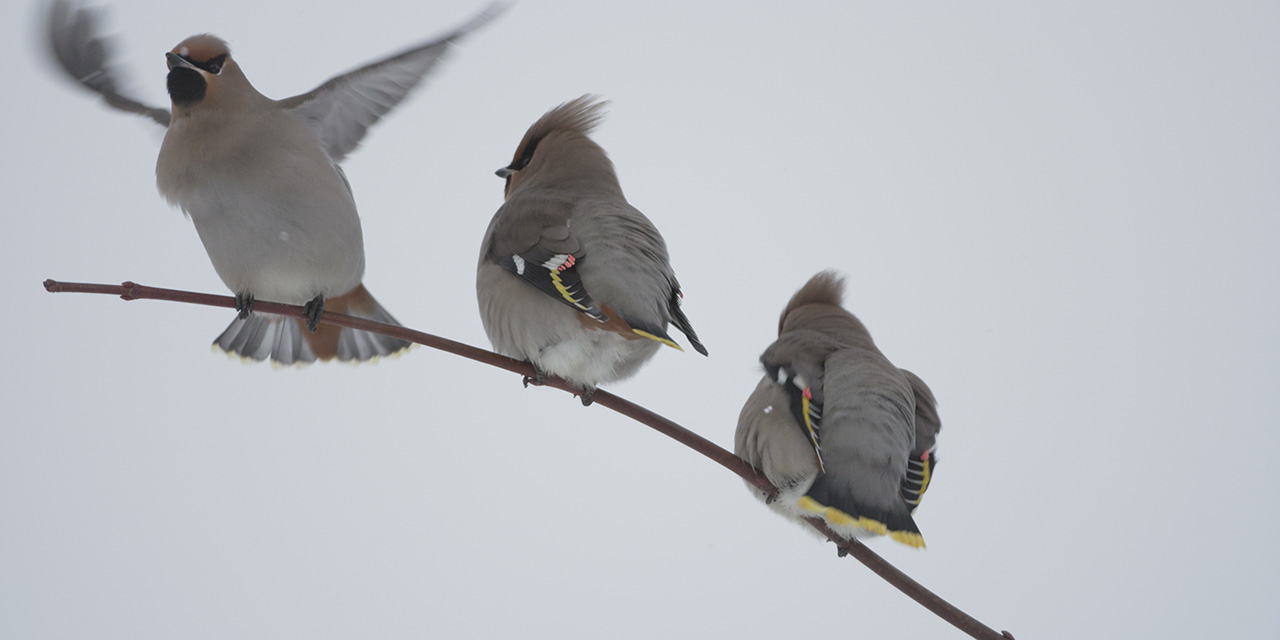 and you can download a 5K tif file here: http://www.wildcine.fi/Epic/test-500mm.tif In Redusernet there has been some discussion on the image quality of wide angle Canon EF lenses and PL lenses. Today there was enough light to make some expriments to test the Canon EF 16-35mm/f2.8 L II USM lense on our backyard. The trees covered by snow have quite a lot of details giving a good feeling of the lens drawing. You know, this is not a technical study of the lens, just wanted to check what the images look like. I had an ND filter in front of the lens to set the iris around f7.0 - f8.0 and to get the best possible drawing. The image with the sun is shot with the HDRx mode, as wanted to make more tests with it. The compression of the HDRx image was 1:7, the others were set to 1:4 and 1:5. No sharpening was employed, the images are only color graded. You can download the 5K files here. They are listed in the same order as the jpg-images below. http://www.wildcine.fi/Epic/test-16mm-1.tif http://www.wildcine.fi/Epic/test-16mm-3.tif http://www.wildcine.fi/Epic/test-35mm-1.tif http://www.wildcine.fi/Epic/test-16mm-HDRx-2.tif 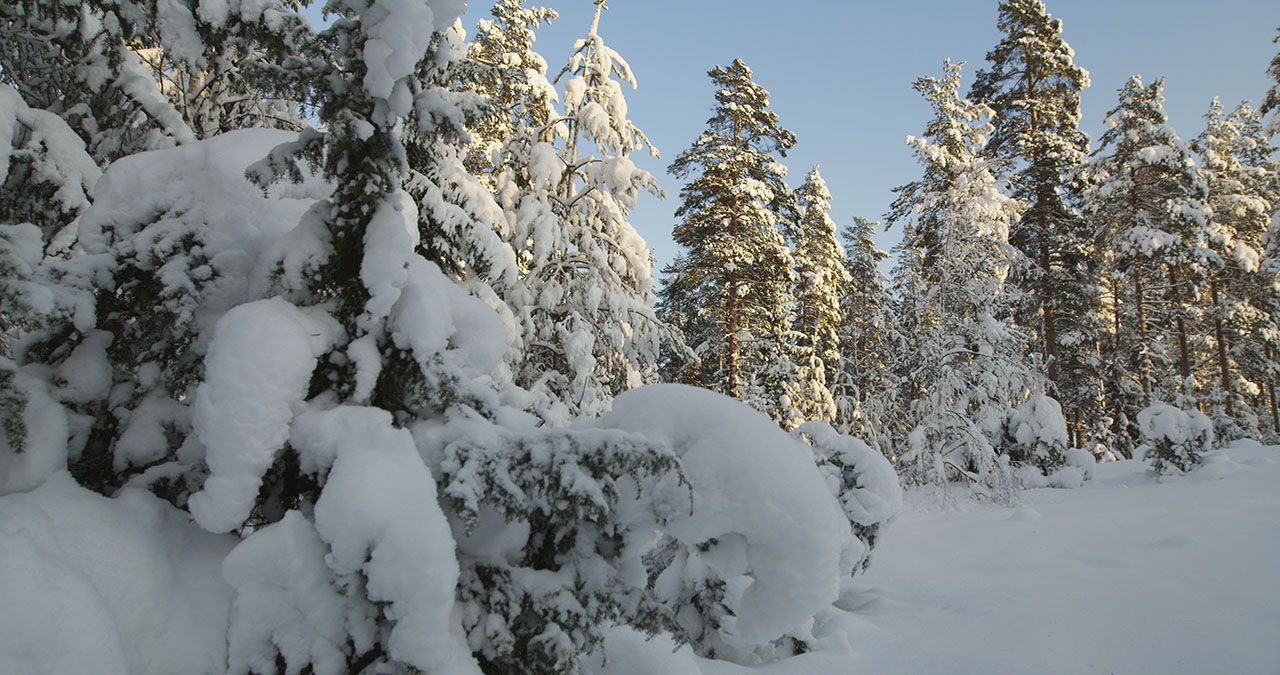 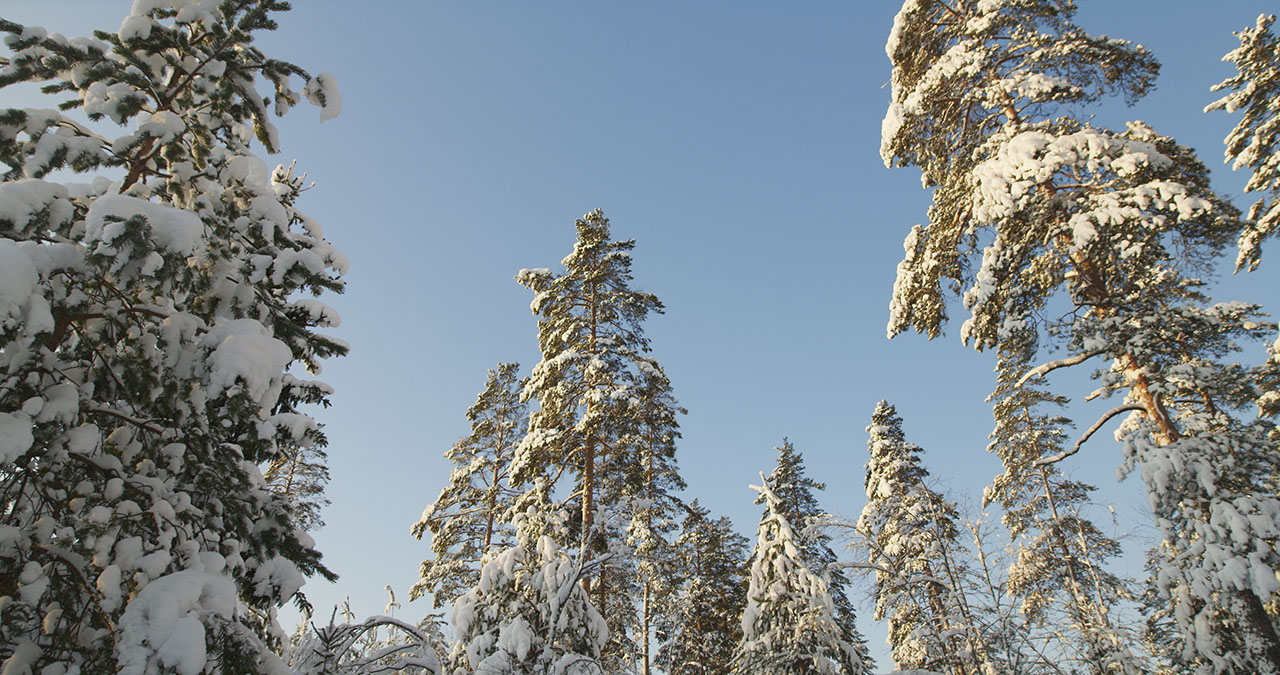 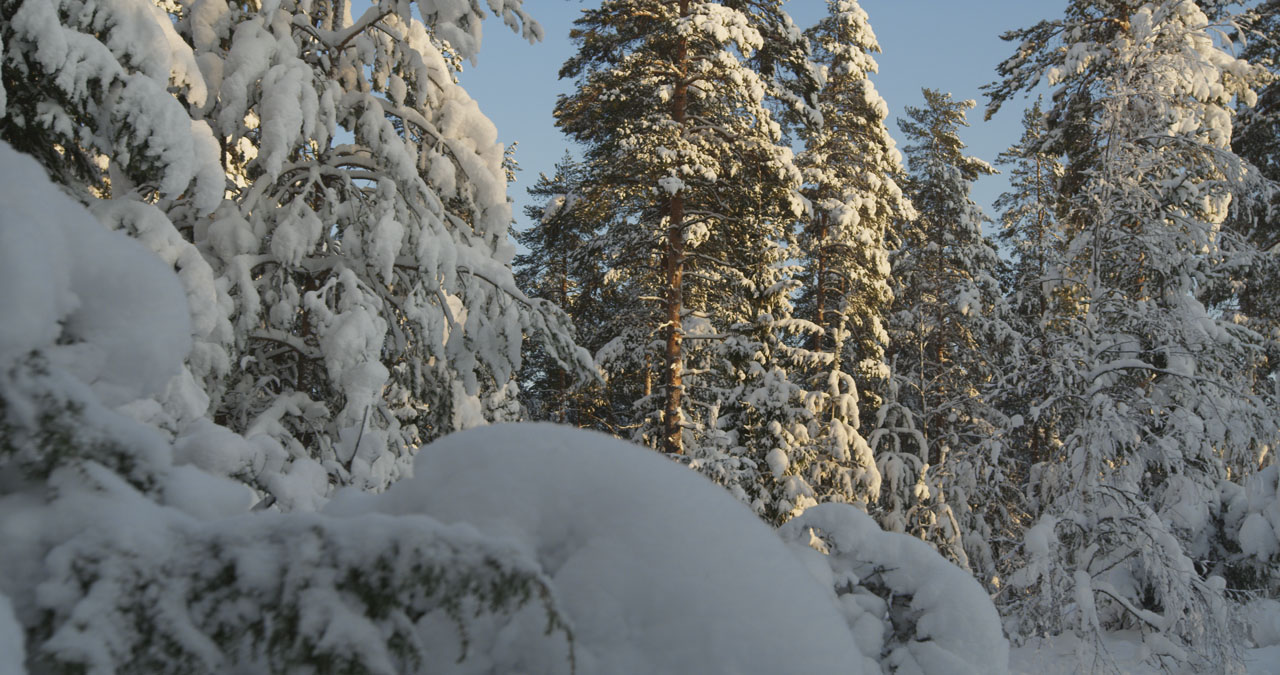 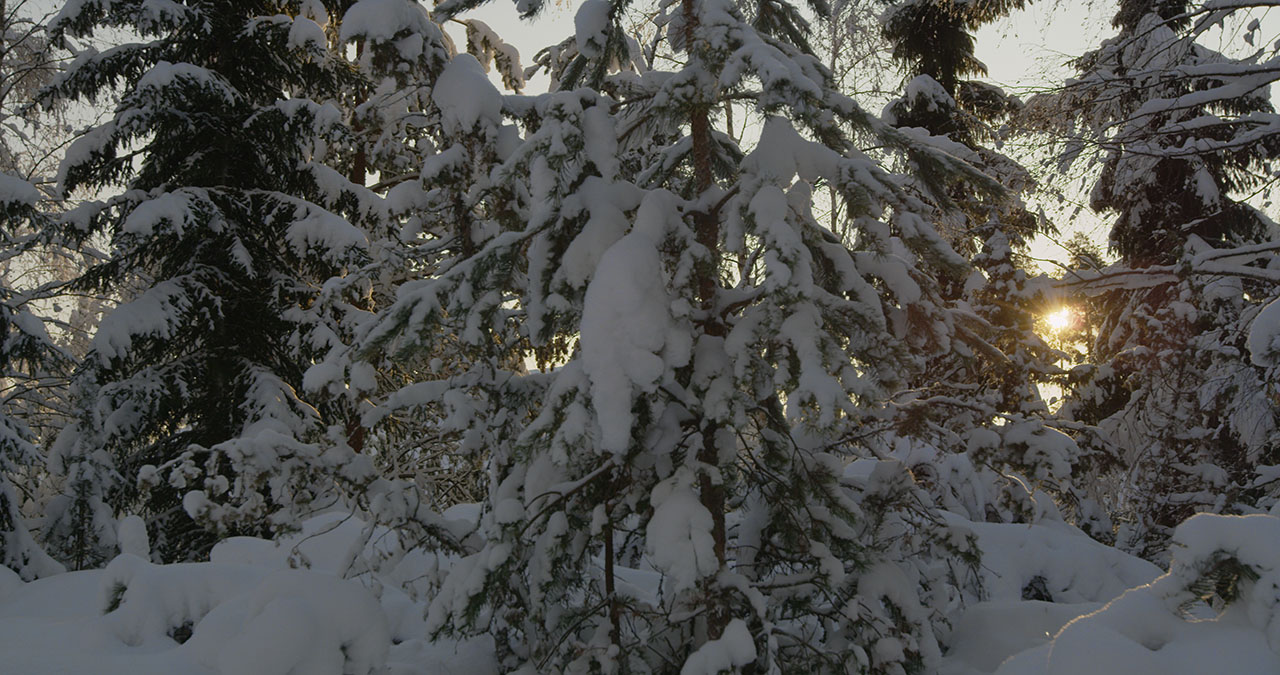
|
|
|
|
|
|
#11 |
|
Major Player
Join Date: Aug 2004
Location: Kangasala, Finland
Posts: 445
|
Re: Epic in wildlife shooting
These guys at Red Digital Cinema are pretty amazing. Yesterday they released a new version of RedCine-X Pro and recommend to test it also with old files. Here are couple images shot with Red One which had the original Mysterium sensor. It took only half a minute to come up with these color gradings. This is remarkable as usually snow and ice creates all sorts of challenges. Especially, the latter image which has only mid grays used to be difficult.
 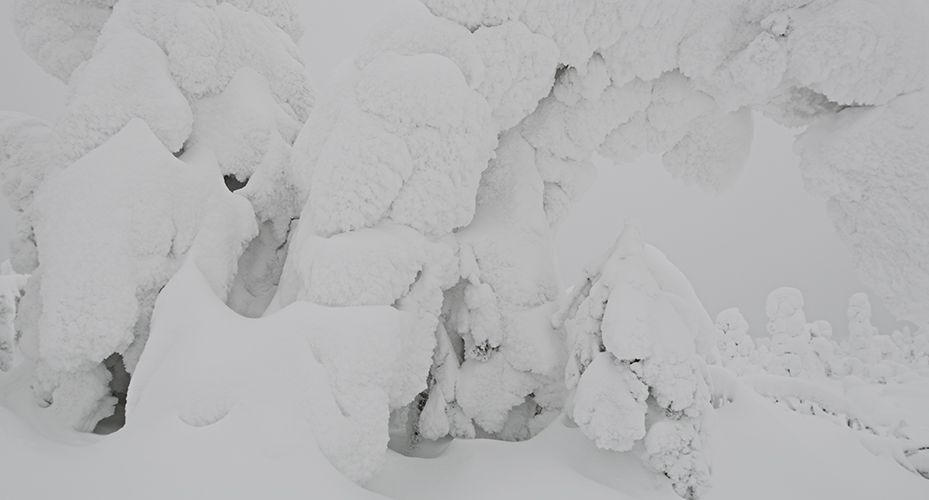 Here's an Epic image of snow and ice. The bright sun shine was directly on the snow and it's amazing how well the camera manages in such conditions. 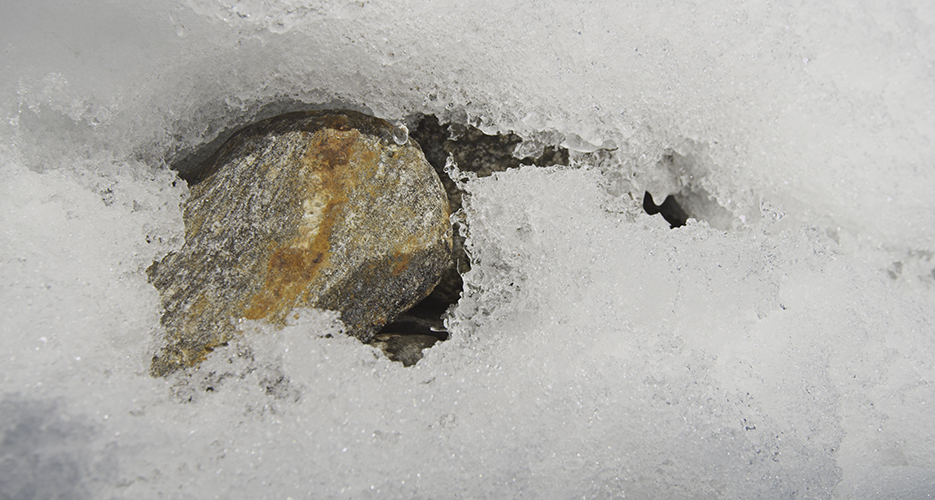
|
|
|
|
|
|
#12 |
|
Major Player
Join Date: Aug 2004
Location: Kangasala, Finland
Posts: 445
|
Test of running Epic on a cable
The image should tell it all:
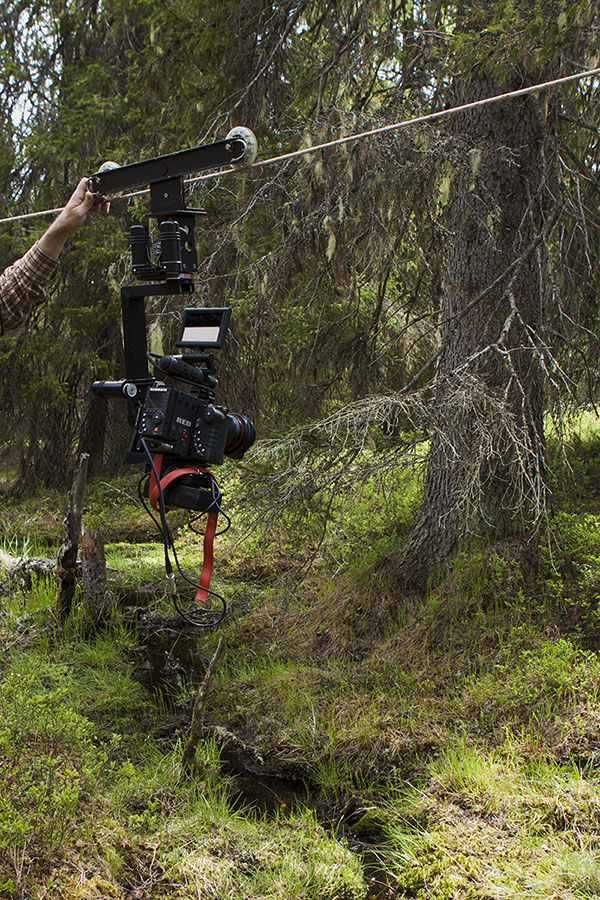 It's the Kessler crane revolution head and the rest is built for the needs of outdoor shooting. Especially, the system has to be light as one should be able to carry it few kilometers. Here's a sample of the test --no color grading, it's just out of the box. No focus pulling either while the camera ran on the cable. But the sample should still give an idea of what can be done with such a system. |
|
|
|
|
|
#13 |
|
Major Player
Join Date: Dec 2008
Location: San Antonio, Texas
Posts: 880
|
Re: Epic in wildlife shooting
Hi Lauri. Iím building a similar cable cam and wonder if you could show a closer shot of the wheels on top of the cable? They look like inline skate wheels and Iím not sure how they sit on the cable. Also could you show the drive wheel under the cable? Nice first test. Are your servos gyro stabilized? Pretty smooth if not. Thanks.
|
|
|
|
|
|
#14 |
|
Major Player
Join Date: Aug 2004
Location: Kangasala, Finland
Posts: 445
|
Re: Epic in wildlife shooting
Hi Mike, Here are photos of the top part and its wheels. The wheels are long distance rollerblade wheels. They have good bearings with low friction and they can tolerate some water and dirt. The wheels were embedded in liquid nitrogen (without the bearings) and then the slots were cut on a lathe.
To minimize weight, the main "drive" is to set the cable bit out of horizon and then gravitation runs the camera freely on the cable. But the camera can also be ran by a motor in the end of the cable. In this case just attach a ribbon to the end of the top part. For stabilization Kenyon gyro stabilizers, even the small ones, are just fine. The portable solution is either parallel cables and two top parts, or then a thin ribbon underneath the camera that prevents the camera from swinging side ways. I also tend to shoot also either in the 50 or 100fps mode. This creates more inertia stabilizing the motions of the camera. If the resolution of the camera is beyond the delivery resolution, then After Effects Wrap stabilizer can be employed to remove the remaining small instability in post. 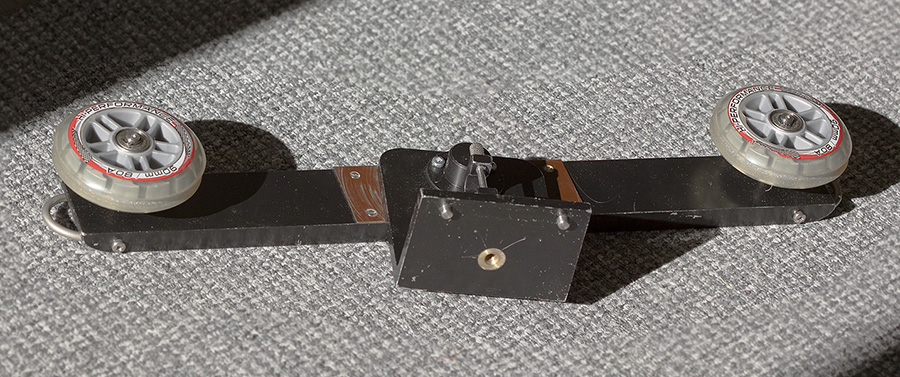 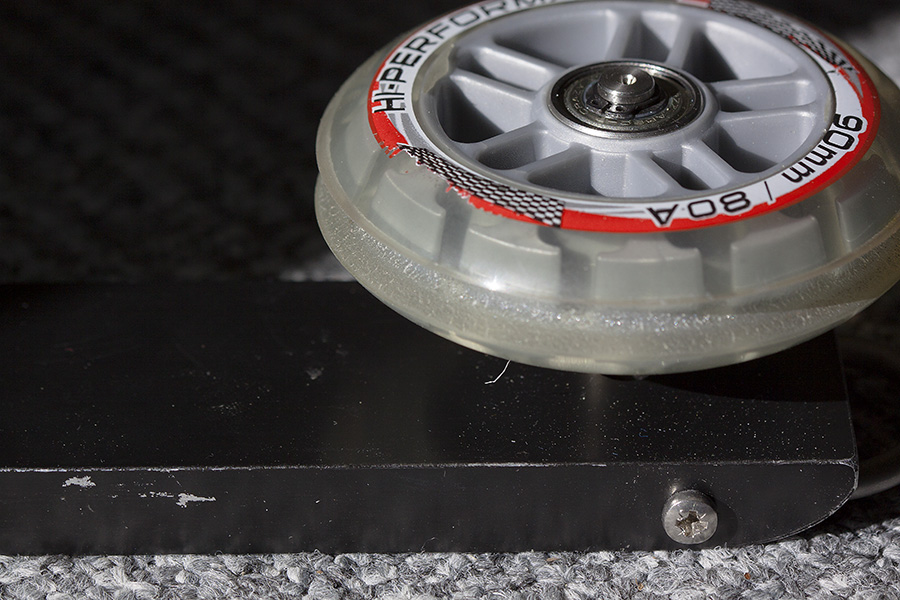
|
|
|
|
|
|
#15 |
|
Major Player
Join Date: Dec 2008
Location: San Antonio, Texas
Posts: 880
|
Re: Epic in wildlife shooting
Thank-you, Lauri. Thatís ingenious cutting slots in the wheels. I thought that was what I was seeing in the first photo, but wasnít sure. My own solution is slightly different. I hope to complete the beast later this summer and will post some photos then. Best-wishes.
|
|
|
|
| ||||||
|
||||||
|
|